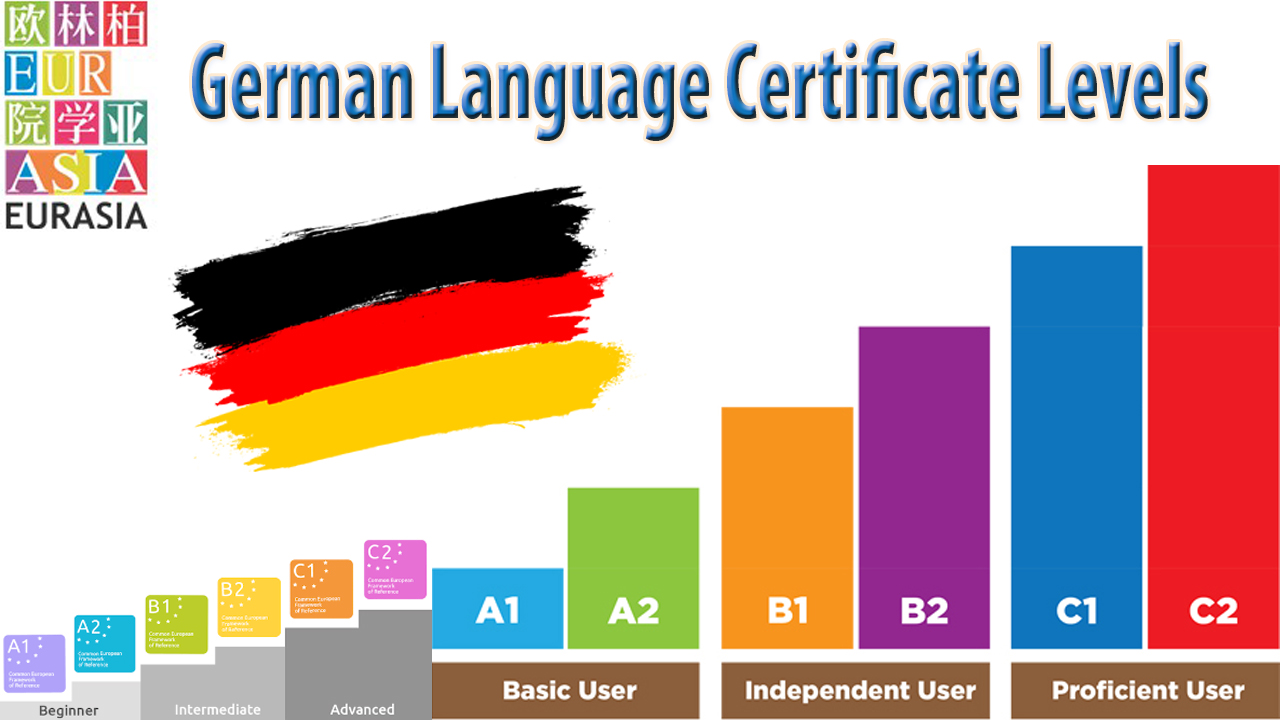German language models are computational models designed to process and understand the German language. With the increasing availability of large language datasets and advances in artificial intelligence and natural language processing technologies, German language models have become more sophisticated and capable of performing a wide range of language-related tasks.
Some examples of German language models include text-to-speech synthesis systems, machine translation models, sentiment analysis tools, and chatbots. These models are used in various applications, such as voice assistants, customer service, social media analysis, and language learning tools.
One of the most widely used German language models is the German version of the BERT (Bidirectional Encoder Representations from Transformers) model, which was developed by Google. This model has significantly improved the performance of natural language processing tasks in German, such as named entity recognition and text classification.
Overall, German language models have played a crucial role in advancing our understanding and use of the German language in various domains and applications.
To access German language forms, you can try the following methods:
- Language Learning Programs: Many language learning programs offer courses on regional dialects of German. These courses may be available online or in-person, and can help you learn about the unique vocabulary, grammar, and pronunciation of specific dialects.
- Online Resources: There are many online resources available that provide information on German language forms. Websites such as Ethnologue, Omniglot, and Dialects Archive offer resources on the different regional dialects of German, including maps, audio recordings, and linguistic descriptions.
- Language Communities: Joining a language community of German speakers can be a great way to learn about different language forms. Language communities can be found online or in-person, and can provide opportunities to engage with native speakers of various dialects.
- Literature and Media: Reading books or watching media produced in different regions of Germany can also provide insight into the language forms used in those regions. For example, reading works by authors from Bavaria or watching television programs produced in Austria can help you learn about the Bavarian and Austrian dialects of German.
It’s important to note that learning a language form may take time and practice, so be patient and persistent in your efforts.
In conclusion, German language forms refer to the various dialects and regional varieties of the German language that are spoken in different parts of the world. Understanding these forms is important for effective communication and cultural exchange in various German-speaking regions. To access German language forms, you can explore language learning programs, online resources, language communities, and literature and media produced in different regions. Learning a language form takes time and practice, but with the right resources and dedication, it can be a rewarding experience. Ultimately, expanding your knowledge of German language forms can deepen your understanding and appreciation of the richness and diversity of the German language and culture.
